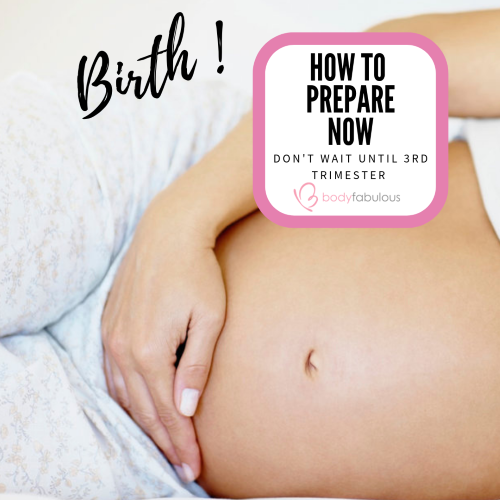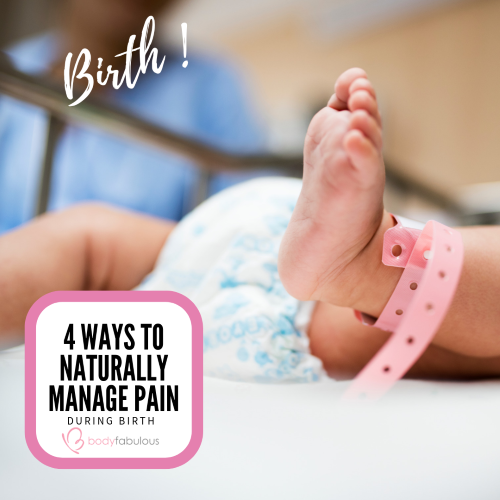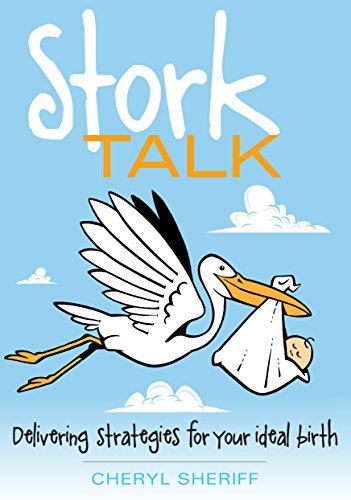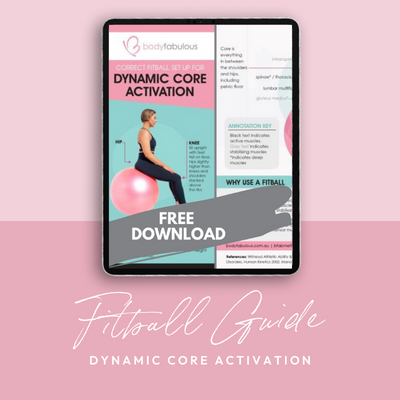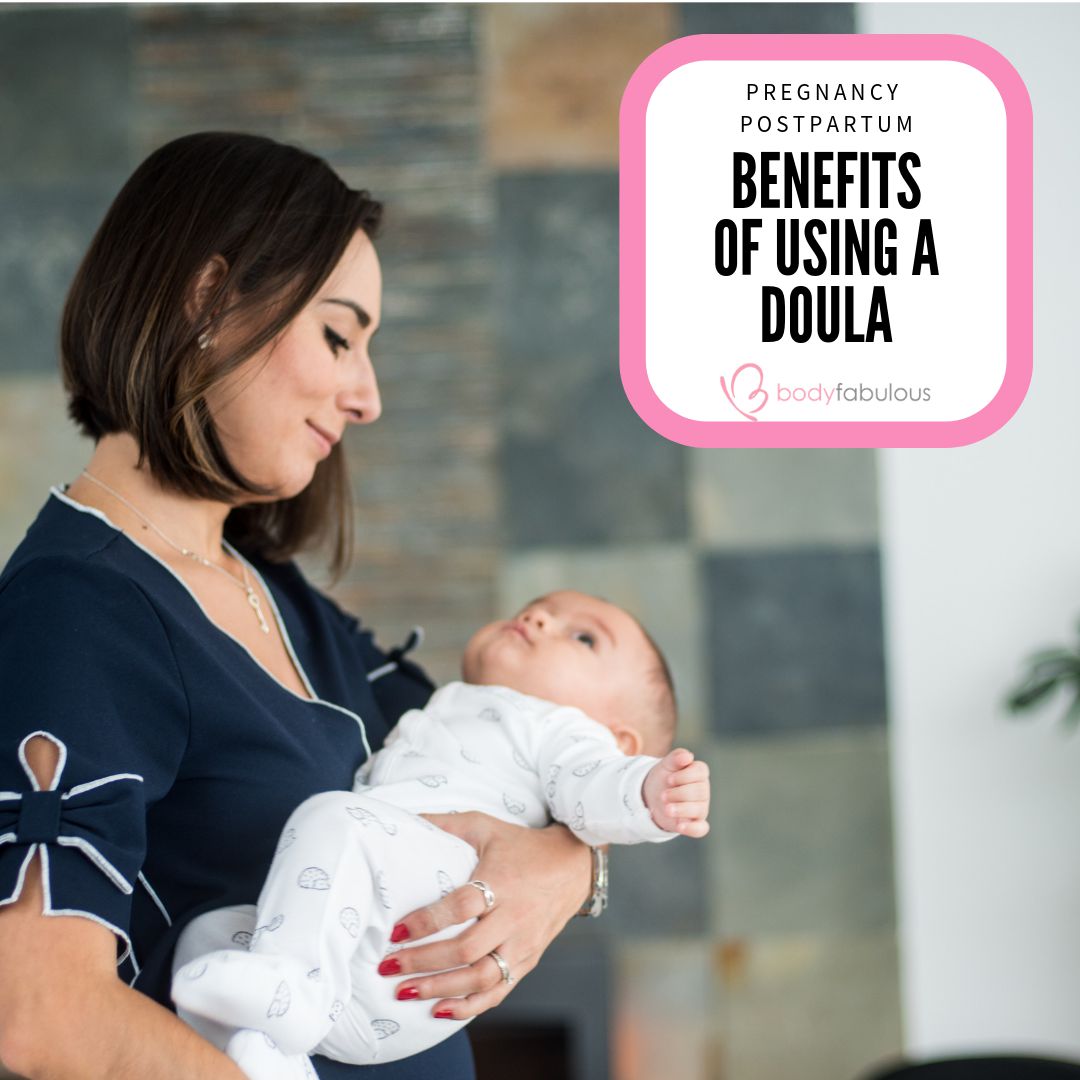Making empowered decisions about your birth – no matter what way it happens, natural or c-section. Is so important ! Many women prepare for their wedding at least 6 to 9 months in advance, however birth preparation is often left until the final trimester of pregnancy. In this blog post are some fabulous tips to prepare both physically and mentally for your birth (now). I have also enrolled the help of two experienced birth professionals Doula – Lucy Lou and Cheryl Sheriff author of Stork Talk with over 30 years birth experience as both a Doula and Midwife to provide you with some expert tips.
Watch my interview below or simply bluetooth it to your stereo in the car so you can listen to some excellent advice from Cheryl Sheriff
Make informed decisions about your body and baby before birth begins !
Lucy Lou, a mama to 6 and Doula advises… “There are no gold medals, just a sweet bundle to behold, so pregnancy is the time to be smart and understand all there is to know about birth to make informed, educated decisions about your body and baby. It’s not a shame-game either, now is the time to get prepped on ALL the resources available to you. It’s only then that you will be in the best position to pick and choose what fits best, with the support of the professionals you have chosen.”
Check out below where Lucy and Cheryl our birth professionals have kindly provided great tips about all the tools you naturally have on hand and how to get informed medical options to help deliver your ideal birth
4 WAYS TO NATURALLY MANAGE PAIN DURING BIRTH
1- Get smart, get empowered !
Research suggests that a smart and sensible approach to birth, can reduce anxiety and help to cope with labour better. Now is the time to get your intel bedded-down so you will feel confidently prepared.
- Attend prenatal classes at your hospital. These classes are typically run by either midwives or physiotherapists and provide hospital-specific information about your birth. They are usually super-informative and a great opportunity to share the experience with other expectant couples.
- In addition to the above, you might like to look into philosophy-specific birth classes. These are typically run by doula’s or childbirth educators and there are quite a few to choose from including Hypnobirthing and Birth Skill classes.
- Cheryl who has attended over 1000 hospital births, advises in her book, Stork Talk, it’s incredibly important for partners to educate themselves on what to expect, as process of labour often surprises many partners…..
“The intensity and length of labour requires stamina and focus so learn as much as you can about it so you can provide the care and support your partner needs and don’t expect her to be in decision making mode. The cognitive part of her brain is not functioning so communication will be difficult. Have as many discussions about birth before it happens, so you can stay positive and encouraging for her rather than shocked.”
Lucy also advises, “Explore and enjoy but be discerning, I’ve attended more than 100 births and there is no ‘silver-bullet’ that guarantees an ‘easy’ birth ! But if you are mentally prepared it makes it much easier for the physical challenges that can happen. Read books, blogs and articles – but again, be sharp about who you choose to listen to. Resist being dragged into other’s birth-horror stories – there’s a monster behind every door, so don’t open it. Keep it chipper.”
When preparing for birth it is important to keep your focus positive and soak up all that’s happening in your body, learn how you can get the right hormones working for you and also what pain management resources are on offer. Remember knowledge is power !
2- Get fit and healthy in preparation for birth
If you’re fit and healthy, prior to birth this will put you a step ahead. Safe and effective exercise (here’s a good place to start) and balanced nutrition, will serve you well.
- Seek out a Certified Pregnancy Personal Trainer who can teach you to breathe effectively during your workouts, plus help you work through labour positions and movements. This will help prepare for better birth and help getting you fit and strong for the challenges of labour and recovery.
- Start training your CORE now – pregnancy is the best time to train your deep core, this is going to give you stamina for labour, a better recovery (including if you have a c-section) and avoid any issues such as diastatis recti and pelvic floor dysfunction. Check out, Dahlas’ online pregnancy and postpartum membership THE BFAB METHOD.
- If you get active now you can get empowered for an active birth. I personally recommend the book BIRTH SKILLS by Australian Physiotherapist Ju Ju Sundin as an excellent resource to help you go into labour with the knowledge of exactly what your body will do and why. I loved all tools in this book actively manage pain the pain during my contractions (I had no time for drugs or intervention as my first born arrived very quickly). Birth Skills can help you to mentally stay in control while trusting your body will do what it is designed to do. Best of all it has a column on each page your partner can read – this made my husband feel really useful and empowered during my birth.
3- Learn how distractions are your best friend during birth !
Cheryl mentions, the benefits of a physiological birth – that is one that is natural and intervention free are many including a faster recovery, protection against postpartum haemorrhage, less risk of post operative infection, aids in alteration of sleep cycles, less risk of respiratory distress for a baby. Read more about these in Cheryl’s book Stork Talk
Cheryl also cites a fabulous quote from Dr Christine Northrup – Women’s Bodies, Women’s Wisdom
Our culture fears all natural processes, giving birth, dying, healing, living. Daily we are taught to be afraid. When my daughter was seven she was out with her father pulling up some weeds. Suddenly she began to cry and came running into the house with a bleeding finger. She had cut herself on a blade of grass. As I calmly held her finger under some cold water and saw it was a tiny cut, she looked up at me and uttered what I consider a major healing principle, “It didn’t hurt till I got scared”.
The pain of labour and birth both real and perceived, is what appears to worry women most. Cheryl who has over 30 years birth experience advises, “What women don’t usually know is that pain is central to nature’s simple design for labour and birth. Like other pain in our lives, this pain actually protects us. The pain is purposeful : it guides you instinctively into the movements and positions that make you more comfortable and help the baby navigate to your pelvis. This can only happen, however, when you are NOT fearful and resisting the process.”
Lucy also suggests, that engaging your senses toward something pleasurable and gentle movement works well as a distraction form contractions during birth. I also personally used a few of these tools during my births and they were excellent !
- Massage – usually strong circular motions at the sacrum work a treat, although some swear by the benefits of light-touch massage. It’s a very individual thing, so make sure whoever is supporting you in birth knows your preferences and can read your signals well.
- Heat packs and the use of both a bath and shower can offer wonderful relief. Pain is reduced by up to a staggering 40% when using heat, so use that heat-bank, wherever you can find it. A warm shower on my lower back worked wonders for me !
- Citrus essential oils a few drops of essential oils in the shower or on a warm wet wash cloth are an excellent distraction and encourage deep breathing.
- Stress balls, I personally found these an excellent too during all 3 of my births. I banged the balls together, squeezed them and stomped my feet and found them an excellent distraction as the waves of contractions came and went.
- Fitball movement – I am a big fan of using a fit ball for exercise during pregnancy (not just for birth prep) as it is so easy to transition to using it during labour and is fabulous way to support your postpartum recovery. Read my full fitball tips here so you can get comfortable during your pregnancy with gentle bouncing, stomping, rocking of your hips and even moving to music. Getting moving during pregnancy is also a great way to tune into your body and find the balance needed between activity and rest – something that is essential if labour is very long.
4- Understand and practice your breathing
It sounds simple, but breathing effectively and in rhythm during labour will make you feel like your contractions are in control ! Pain makes you hold your breath and if you hold your breath the pain only get’s worse.
As Ju Ju Sundin author of Birth Skills explains “learning to breath is most important, because the mother’s most important work during labour is accomplished by her controlled breathing.”
Breathing is central to all the workouts I do with both my Pregnant and Post Natal clients. Every exercise has an ideal time to breathe in order to allow the abdominal’s, diaphragm, pelvic floor to work in synergy. There are both optimal and sub-optimal ways to breathe during workouts that can directly prepare you for how to breath during birth. Breathing is also an important part of an effective postpartum recovery.
Too often as busy women our breath becomes short, it stops at our throat and this can continue if you are shocked or under prepared for birth. Learn about core breath NOW so it become second nature for labour, it is also essential during a c-section. The last thing you want to do is panic and hold your breath !
MEDICAL PAIN MANAGEMENT OPTIONS FOR BIRTH
As previously mentioned and found in Cheryl’s book Stork Talk and Ju Ju Sundin’s book Birth Skills there are many benefits to an intervention free birth and plenty options for naturally managing labour pain (or healthy pain !). However sometimes during birth you may have exhausted all natural pain relief options and for both yours and your baby’s safety medical intervention may need to happen. Also an unmedicated, natural birth may not be for everyone, not all women are interested in the primal nature of birth. As Cheryl advises ….
“As long as medical options have been well researched you deserve the opportunity of birthing the way you want”
Several chemical pain relief options are available and you may feel the need for these as labour progresses. It is important to get the facts on what is available and what will be best for you and your baby before you actually enter labour, as knowing how your labour will unfold is impossible and trying to make decisions during the intensity of labour can be very challenging for both you and your partner.
Here is a quick run down of medical pain relief options during birth. More details can be found in Cheryl’s book Stork Talk from page 142
1. Sterile Water Injections
Sterile water injections are an effective method for the relief of back pain in labour, especially for women who enter birth with their baby presenting in the posterior position. They provide effective pain relief for up to 85 percent of women, are quick easy and safe, don’t limit mobility during labour and don’t adversely affect how labour progresses. These injections can also be repeated as needed.
2. Entonox – Nitrous oxide or happy gas
Mixed with oxygen, nitrous oxide is administered by a tube and or face mask over the mouth. During labour this gas can be inhaled as a contraction begins to approach. This is usually the first option chosen after natural pain relief methods as it’s flexible and fast working, easy to use, you can personally control how and when you use it and doesn’t stay in your system – as you soon as you stop breathing it in, the gas and air is cleared by you lungs, it is also excreted out of the baby’s lungs after birth.
Possible disadvantages of nitrous oxide are
- Nausea/vomiting may occur.
- Confusion, disorientation and drowsiness….similar to a drunken feeling.
- Possible feelings of claustrophobia – if using a face mask.
- Only mild or temporary pain relief is achieved.
- I also personally found it very hard using the gas to continue with my rhythmic flow or breathing to help me through contractions – it was uncomfortable as it was uncomfortable having the tube in my mouth.
3. Pethaidine
Pethidine is an opiate and comes from the same family as morphine and heroin. Pethidine is injected intramuscularly (often via the butt) or intravenously and lasts approximately 2-4 hours. Pethadine may be helpful for a woman distressed or exhausted form a long labour, allowing in some cases rest or even sleep between contractions.
Possible disadvantages of pethadine during labour :
- Some research shows opiates produce excessive sedation in some people with little pain relief
- Disorientation, nausea and vomiting
- Respiratory depression – reduction of breathing
- A baby is exposed to this drug via the umbilical cord during birth and their sucking reflex and normal reflexes my be slow post birth
4. Epidural Anaesthesia
Most pregnant women or close to giving birth will have heard of an epidural and many women who are not prepared for the intensity of birth may request an epidural prior to the first contraction. Again as long as you have all the information and are confident with your choice this is a way for you to enter birth the way you want.
It works by an epidural needle and shaft being injected into the lining of the spinal cord. This results in numbing from the waist down, however sometimes the pain relief does not meet all women’s expectations – only 80 to 85 % of women are completely pain free, so it is important to also consider continuing to use other pain relief techniques – so get clued up on some natural ways in this blog post above.
Research also has shown :
That having an epidural increased the chance of a woman not being able to push out her baby independently, with no urge to push and all sensations blocked there is more than 50% chance a vacuum or forceps delivery can occur.
(Harvard 2009 Ted Weaver President of Royal Australian & NZ College of Obstetrics and Gynaecology)
After personally having an epidural in the later stage of my labour with my second birth, I completely understand this above concern (and fear for many women). That is why with all my clients and in my online pregnancy and postpartum membership THE BFAB METHOD. I focus on tapping into a neural pathway (mind body) connection of the core and breath. Sometimes if you can’t feel something – you can train your brain and body still to connect.
For all pregnant women I coach, I use visualisation techniques such as blueberries and coffee plungers !! Sounds crazy but it works (…well it did for me). I had no sensation at first push after my epidural but I simply tapped into my visualisation of a coffee plunger slowly moving down the pot, combined with my core breath exhale and before I knew it my second son had arrived.
Any trimester of pregnancy is the best time to start to prepare for this – check out my video below and start your practice now, a bonus is also that it is a great way to train your pelvic floor – so make this a daily practice.
A final note…support during birth is essential !
Regardless if you have a natural birth or medical intervention happens a birth support partner is essential. Support can include your partner, a parent, bestie or doula. If you haven’t got a doula to support you during birth two support people are preferable. As this will ensure your support is continuous and you are not left alone, especially during a long labour. As much as most women would like to rely on their midwife during birth, it is challenging as midwives often change shifts so can’t be present the whole time during labour. So preparing before labour commences to have a second support person is a wonderful option.
Learn more here about what a Doula is and how they can support you during birth.
Birth preparation in summary :
- Discuss your all your thoughts and ideas about with this person/people well before birth and give ensure these people know how to be a good support (not just someone who hangs around).
- Write a birth plan, although it may not “go to plan” having your preferred options down on paper is a wonderful resource for all involved at your birth
- It’s important to remember that birth is a ‘fluid’ process and to be adaptable. Ensure both you and your partner are mentally ready to embrace how your own birth will unfold.
- Once you’ve understood how you can naturally work with your body, it’s important to then explore your medical options too – even if you don’t plan on using drugs in labour. You don’t want to exhaust all natural avenues and panic ! Be up to speed on ALL resources available.
Well done also for making it to the end of this “mega’ birth blog post ! Phew. Birth is not something that can be summarised in one sentence. So I hope you found some suggestions to help you with your birth decisions.
Finally, here is a gift for you, my PREGNANCY EXERCISE TOOLKIT– to help you enter birth and labour more fit, confident and prepared. Download it now.
Or grab a SPECIAL LIMITED TIME OFFER join my online signature PREGNANCY PROGRAM – The Ultimate Pregnant Core here
Good luck and remember, before you know it your precious bundle will be snuggled safely in your arms and your birth prep will have paid off.
xx
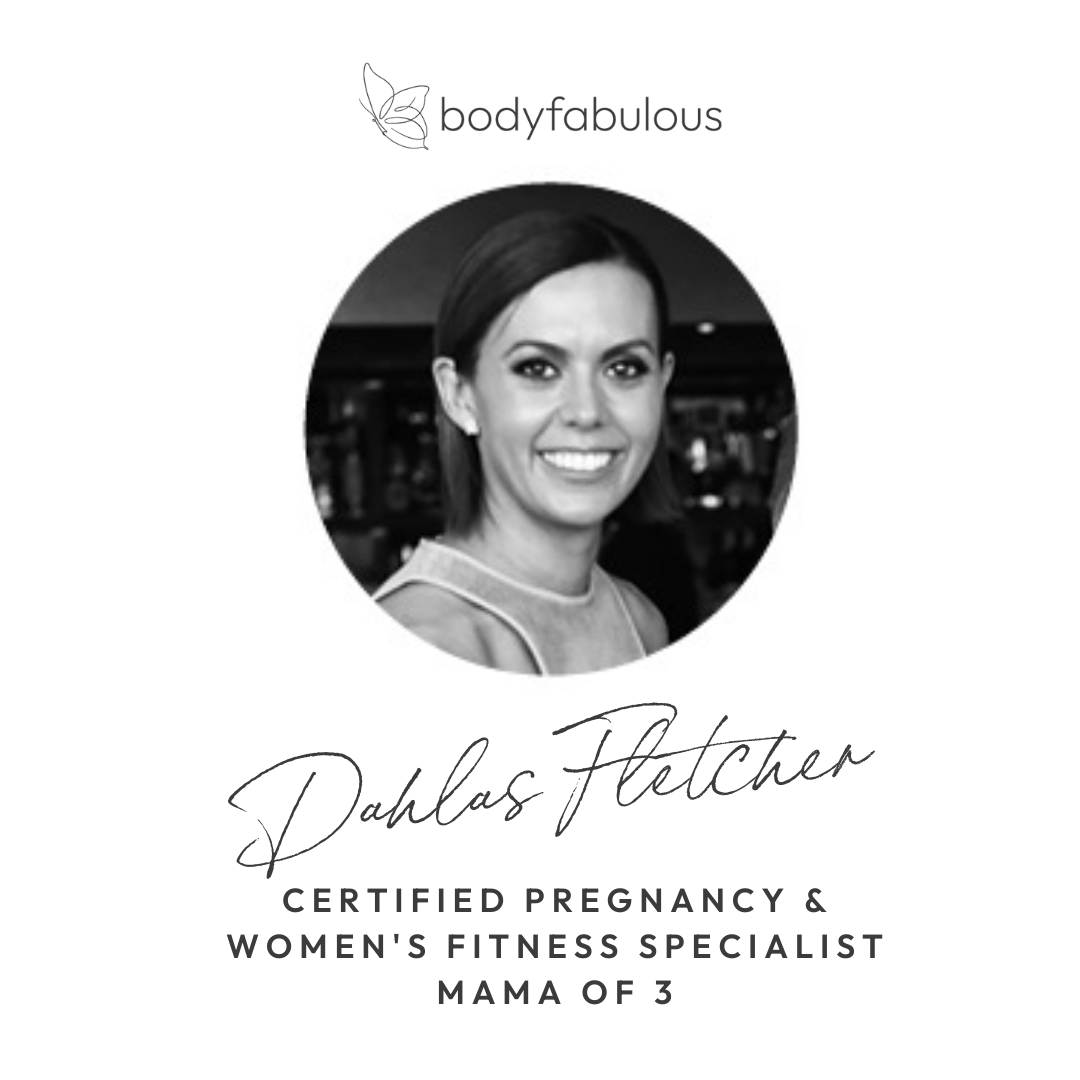

This blog post contains affiliate links. Which provide a very small income, at no additional cost to you. And allow me to devote time and energy to the growth of Bodyfabulous. You have my word – I will only promote products and services I personally use or can recommend without hesitation. Integrity is important to me and your health and well -being is paramount.

About Dahlas
Dahlas Fletcher is one of Australia’s most respected and successful certified and experienced Pregnancy and Female Fitness Trainers. Her goal is to help you be the happiest, most fabulous version of yourself, inside and out.


